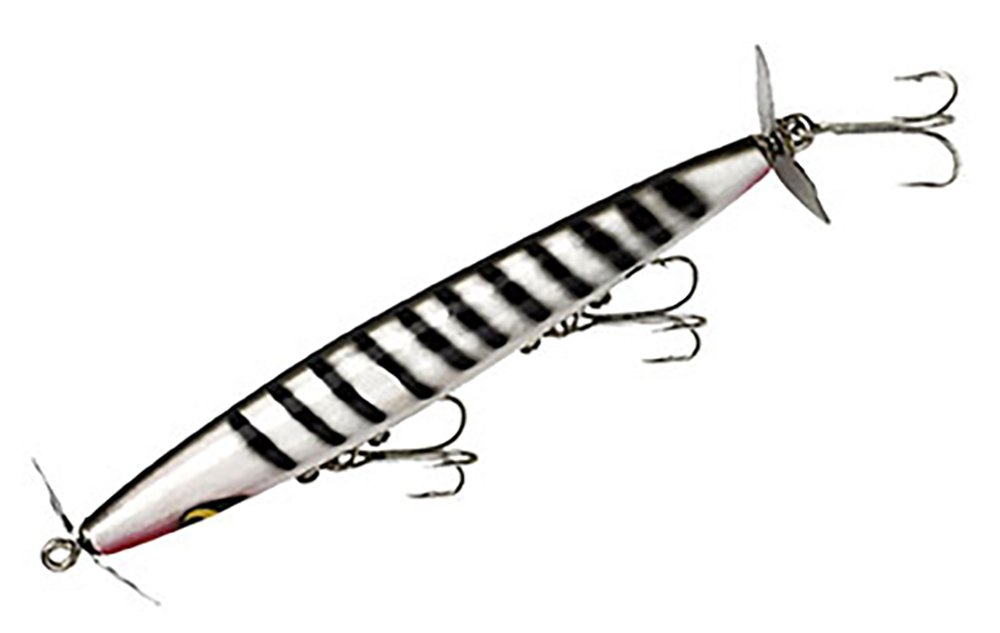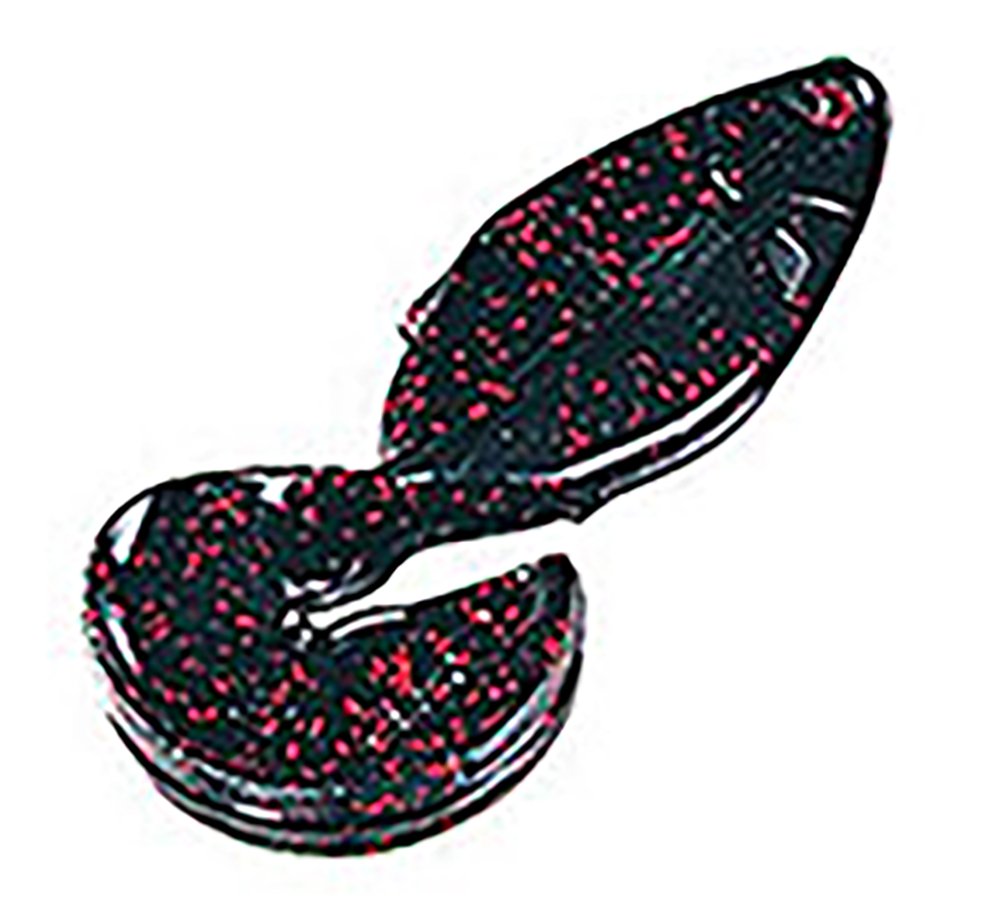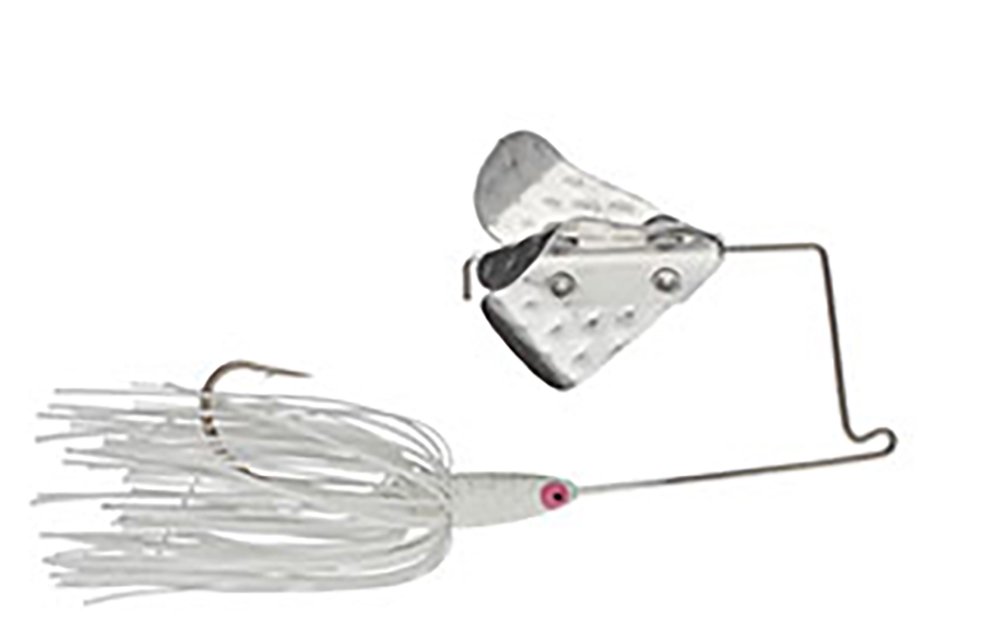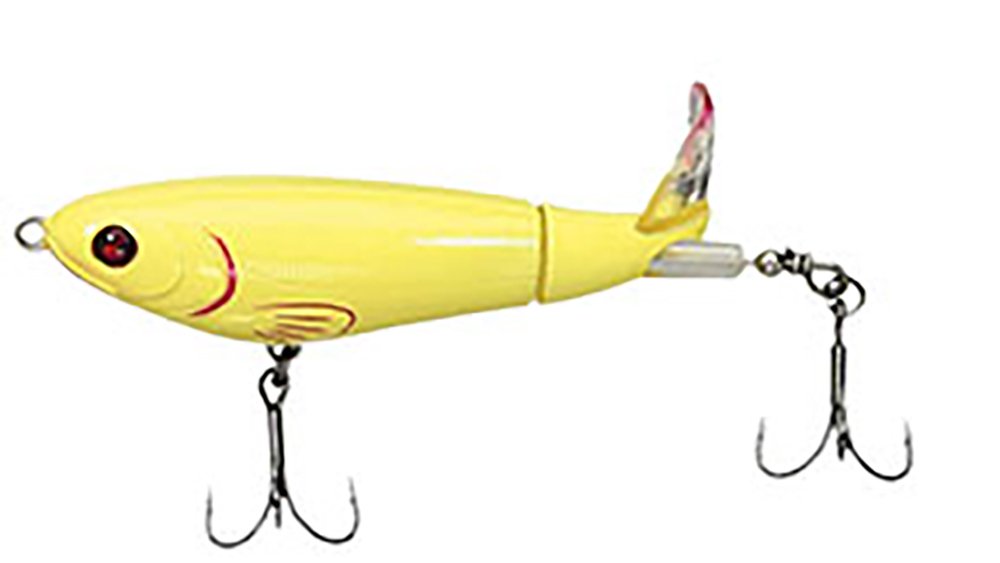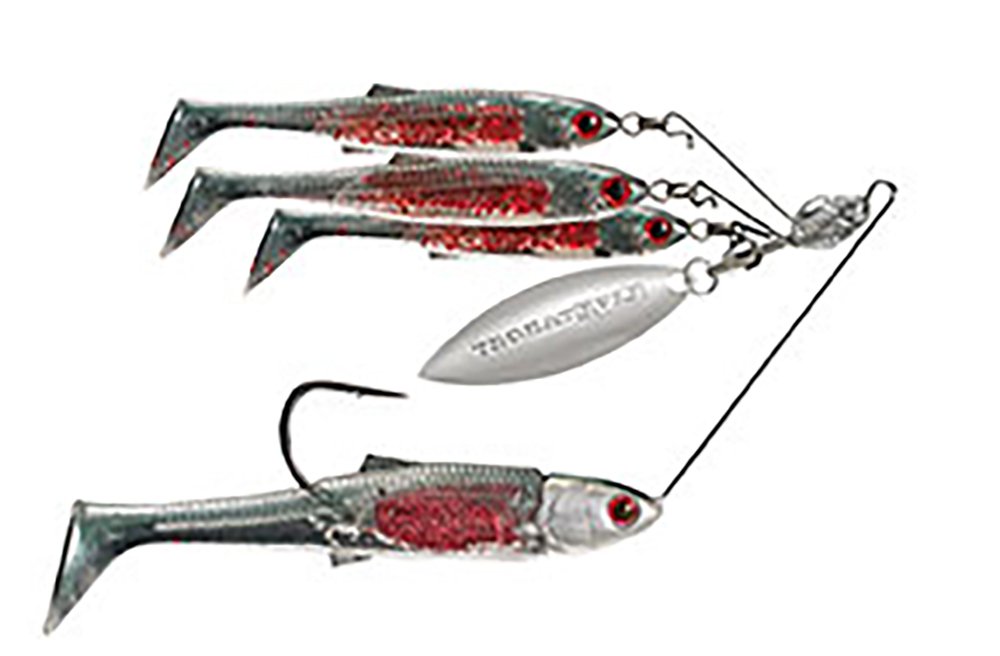I’ve been asked many times, “What is your favorite time to bass fish?” The answer is simple: “Anytime I go… Each season has its good points. Pre-spawn will result in the most and biggest bass. Spawning will also get you a lunker or two. But, the post-spawn period will get the most fish, because it lasts longer and is feeding time for all.
Spawning takes a great deal of energy from the big females and the males who expend most of their energy guarding the nest from smaller predators. After a week or so following the spawn most bass are in “banquet” mode, attempting to regain their strength.
Water temperature dictates the hatching of bass eggs. Generally speaking, it takes four to six days with a constant temperature in the 60 to 70 degree range to produce fry. These smaller bass will instantly school and begin to feed on invertebrates and zoo plankton. This is a critical time as they become not only predators, but targets of larger fish, even their adult specie.
This is also when fry-imitating lures such as spinnerbaits, top waters and small crankbaits are deadly. When you see bass busting minnows, it’s the time to cast in the close-by area to entice them to your offering. Always cast past the action and retrieve into it as a “direct hit” may spook your quarry.
“Waking” a spinnerbait is one exciting way to guarantee a strike. Holding your rod high and reel just fast enough to have the blades bulging the surface, and occasionally breaking it, is a sure way to get the attention of a feeding bass.
One recently introduced spinnerbait that I have found to be very effective is the Live Target “Bait ball.” This is a miniature A-rig with a spinner, three teaser minnows, and a larger minnow with a 4/0 hook. It is a perfect imitation of a small school of fry that has proven to be irresistible to post-spawn bass. Rigs similar to this have been used in salt water fisheries for decades. Old standard prop lures such as the Devil Horse, Crippled Minnow, Torpedo and Bang-O-Lure are just as effective now as they were 50 years ago, but due to the psychology of marketing “new and improved” items, you may rarely see them advertised. The new “plopper” types also fit into this group.
This is also the time to cast buzzbaits. These gurgling, squeaking, propeller driven, skirted lures have been around since the 1970s and have never lost their charm to hungry bass. A variety of blade choices vary from two to four blade models, shiny to dull colors, and metal to plastic. Generally, the water surface or cloud-cover determines which to choose. Bright, sunny days with little wind would dictate light colors with small, quiet blades. A sunny day with a strong chop on the surface would be more effective with large, noisy metal blades equipped with a clacker. Dark, quite days would be best approached with a black skirted lure with black blades.
We certainly can’t rule out walking lures like the ever popular Zara Spook. Created in the early 1940s, this large, adaptable topwater bait is most consistently controlled by the angler using a walk-the-dog retrieve. Some practice is required to achieve this technique. One must use a rod with a fairly flexible tip to manipulate the lure, but with a strong backbone to set the hook. An expert can “walk” a lure and keep it in the strike area for a considerable length of time. These type lures can be cast long distances so as not to alarm the bass. One should develop a rhythm of walking with an occasional pause, which is usually when the strike occurs. Poppers are another type that can also be effective over grass beds and sunken cover such as logs and rocks.
Again, a rhythm should be developed as in walking lures where a pop, pop pop and then a pause is used.
The last category we recommend for post-spawn is soft plastics. Lizards, worms, stick baits and prey imitators such as swim baits, frogs and small mammals are likely to be mauled by these hungry bass. One we have found to be very effective is the Strike King Rage Tail Shad that can be used over most any heavy cover such as pads, moss or log jams. It is best rigged with a large frog hook with the spring screwed into the head. When the strike occurs, lower the rod, count to three and then haul back with all your might. Even then, like frog fishing, you may not hook them all, but at least you got a thrilling strike where you might not have been able to cast any other lure.
Yes, post-spawn is a great time to enjoy the sport. In shallow, natural lakes like Reelfoot and Horseshoe, these techniques can last all summer and into late fall. In deeper reservoirs, it may only last a few days, depending on weather conditions or weed growth. Good fishing, MSHFN.


